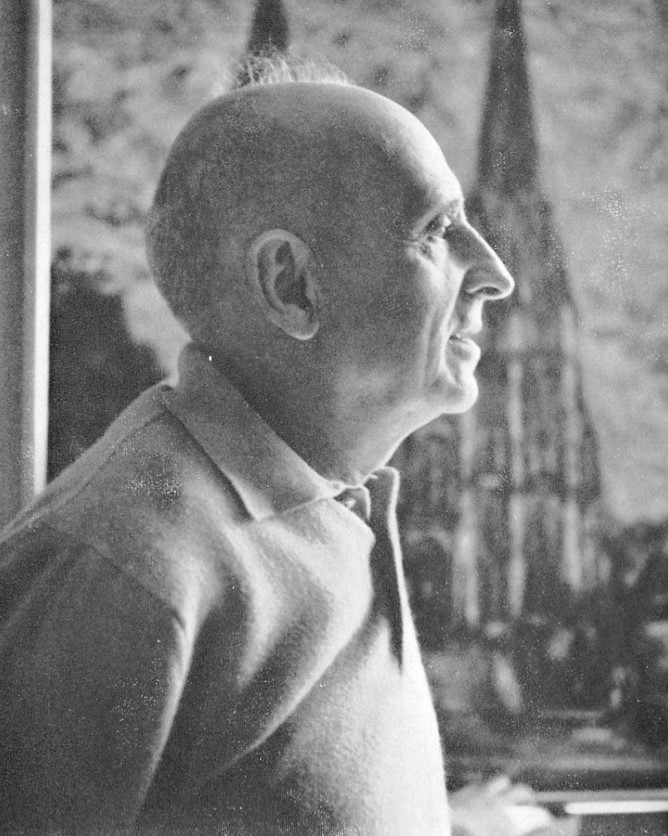Eugène ZAK
January 4, 2019Madim ZARUDINSKY
January 4, 2019Faïbich-Schraga ZARFIN
SMILOVICHI (BELARUS) 1900 – ROSNY-SOUS-BOIS (FRANCE) 1975
Zarfin was born into a family of intellectuals and grew up in Smilovichi, near Minsk. In 1913, he enrolled in the School of Fine Arts in Vilnius and wrote poems. In 1914, influenced by the Zionist wave, he left his country and family, who he never saw again, and emmigrated to Palestine. There, he was a pioneer and dried out swamps, farmed the land, and studied at the Bezalel School of Fine Arts. In 1918, Zarfin fought for the liberation of Palestine alongside the British army. At that time, he drew a lot. He was discharged from service on December 17, 1920 and participated in an exhibition organized by the governor of Jerusalem.
In 1923, Zarfin left for Berlin and exhibited his work at the Sécession. He earned his living thanks to his illustrations. In 1924, he settled in Paris for good and met Soutine, who also came from Smilovichi. He visited museums and destroyed his earlier work. In 1925, he worked as a shoemaker and painted on fabric. He got married in 1929 and continued his fabric painting. In 1931, he acquired French nationality. His daughter Liliane was born in 1933. In 1939, Zarfin was mobilized to join the army. In 1940, he met his wife and daughter who had taken refuge in Brive-la- Gaillarde. An album of sketches produced while he was serving in the army was acquired by the state.
In 1941, the family took refuge in the Zone Libre (free zone), in Lyon and in Grenoble, where his room became a meeting point for the Résistance. His daughter was sheltered in the convent of Sainte-Marie-de-l’Immaculée-Conception, away from the Nazi persecution. Zarfin continued to paint and took refuge in the mountains. After the Liberation, the Zarfin family went back to Grenoble where a solo exhibition was dedicated to his work. The paintings that he had left in his studio in Paris were plundered. In 1947, he settled in Rosny-sous-Bois, where he died in 1975.
Stories of Jewish Artists of the School of Paris 1905-1939
FRENCH-ENGLISH
Capitale des arts, le Paris des années 1905-1939 attire les artistes du monde entier. De cette période de foisonnement, un terme est resté, celui d'Ecole de Paris, qui recouvre une grande diversité d'expression artistique. Dans ce brassage dont Montparnasse est le creuset, un groupe se distingue : celui des artistes juifs venus de Russie, de Pologne et d'Europe centrale. Si leurs styles sont variés, un destin commun les rassemble : ils fuient l'antisémitisme de leur pays d'origine. Certains ont connu la célébrité dès les années 1920, tels Soutine, Lipchitz ou Chagall. D'autres n'ont pas eu le temps ou la chance d'y accéder. Près de la moitié a péri dans les camps de concentration nazis.
From 1905 to 1939, Paris attracted artists from all over the globe as the capital of the art world. This period of artistic proliferation became known as the School of Paris, and includes a great diversity of artistic expression. Within the teeming art world centred on Montparnasse, one group set itself apart: Jewish artists from Russia, Poland, and Central Europe. Although their styles were diverse, they shared the common fate of fleeing anti-Semitic persecutions in their home countries. Some became famous in the 1920s, such as Soutine, Lipchitz, and Chagall, while others did not have the time or the luck to gain renown. Nearly half of these artists died in Nazi concentration camps.





